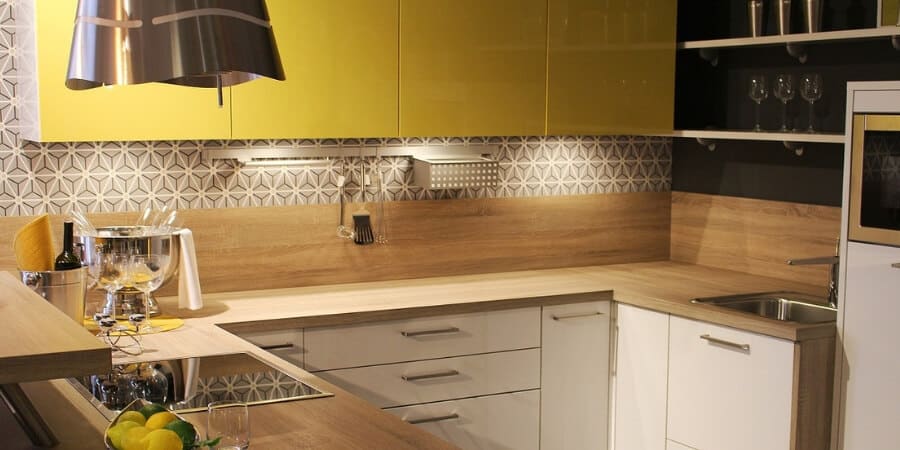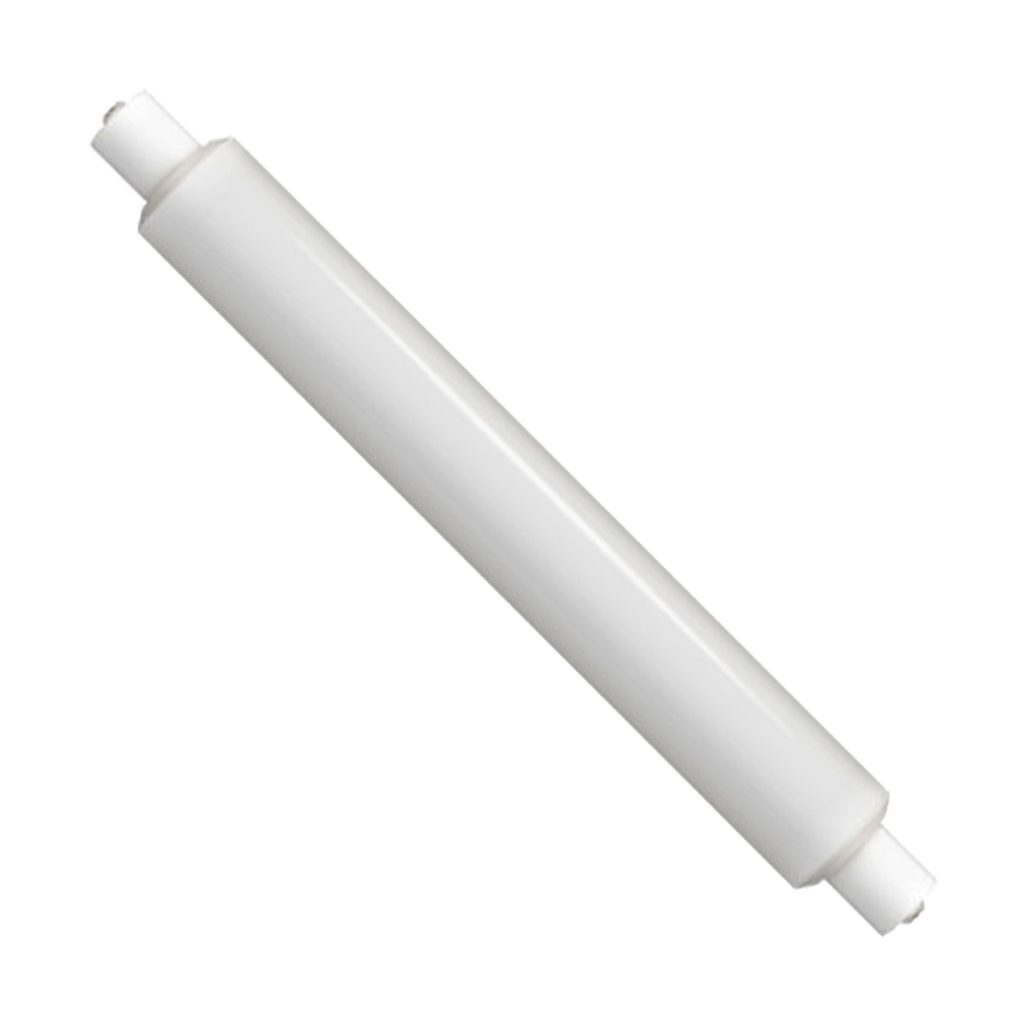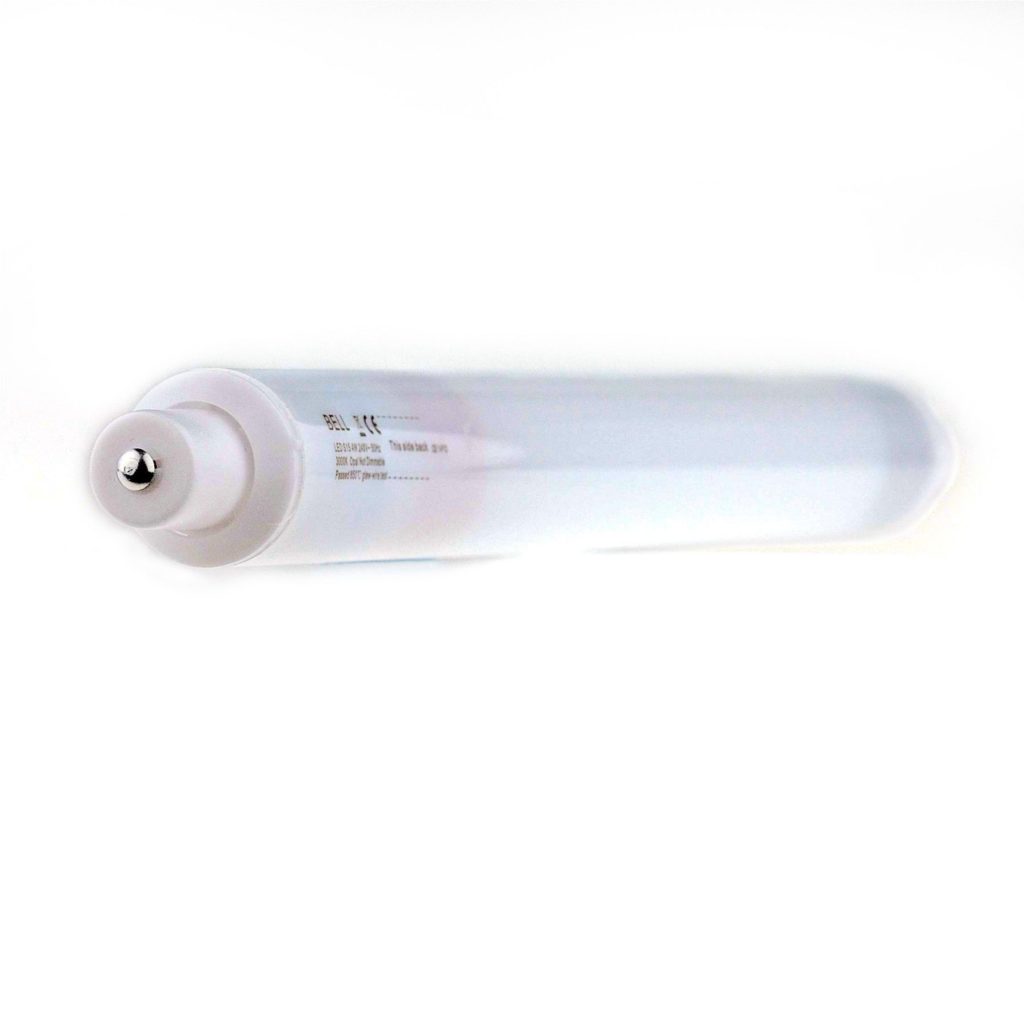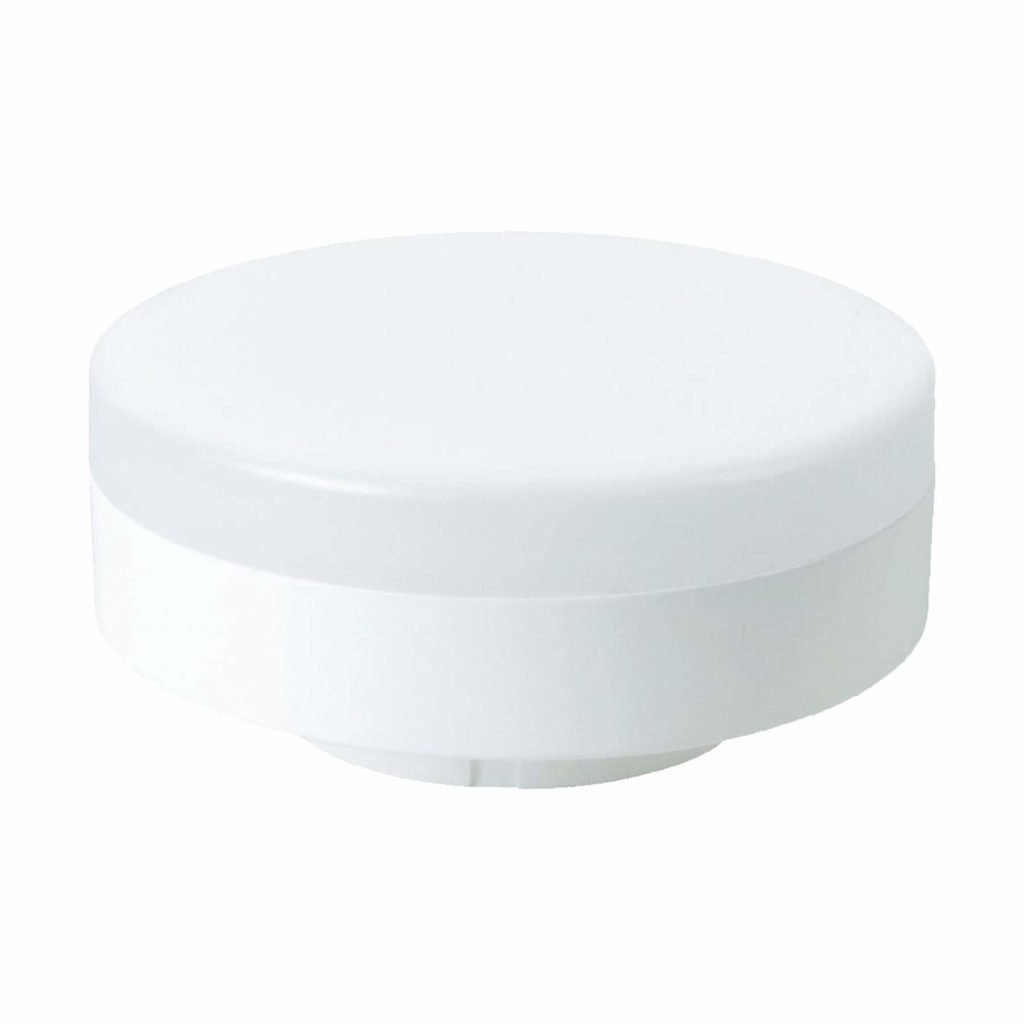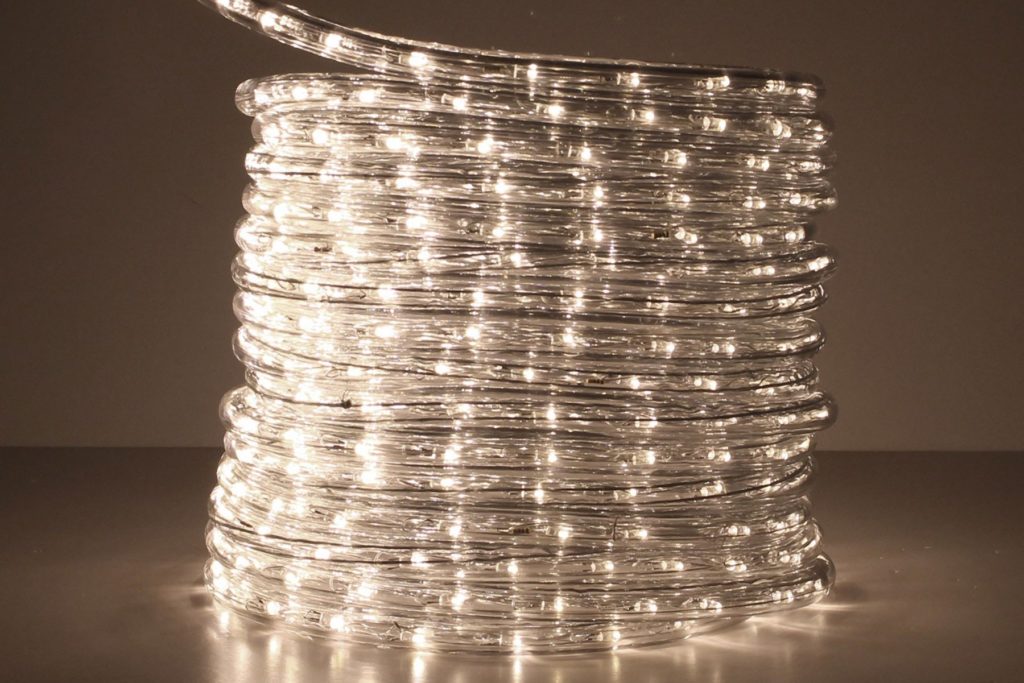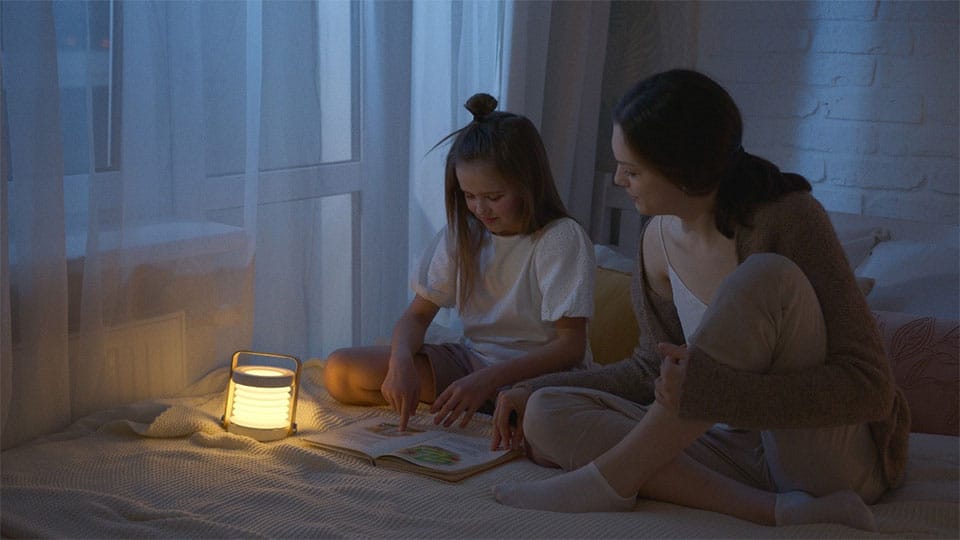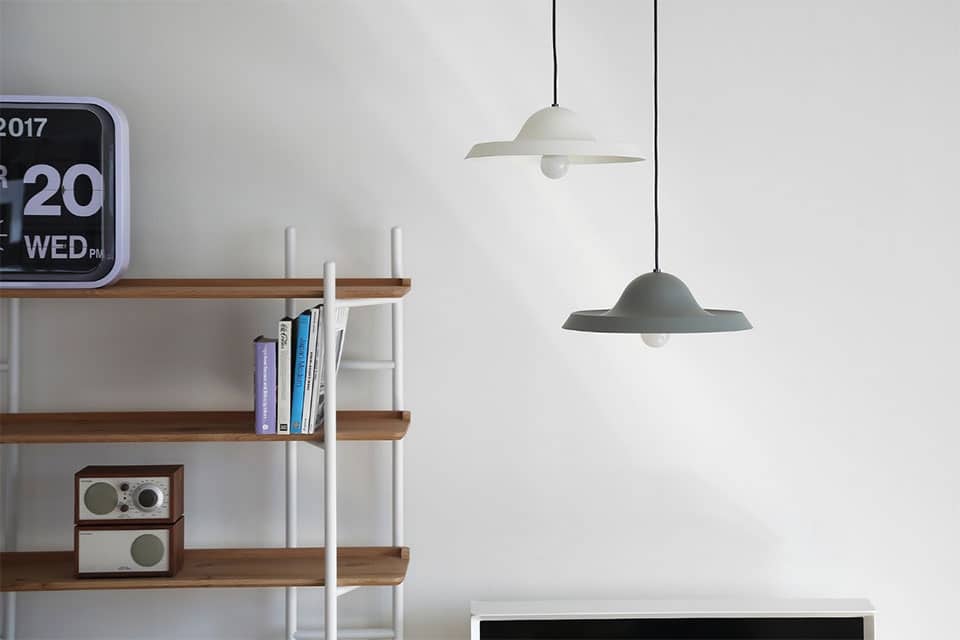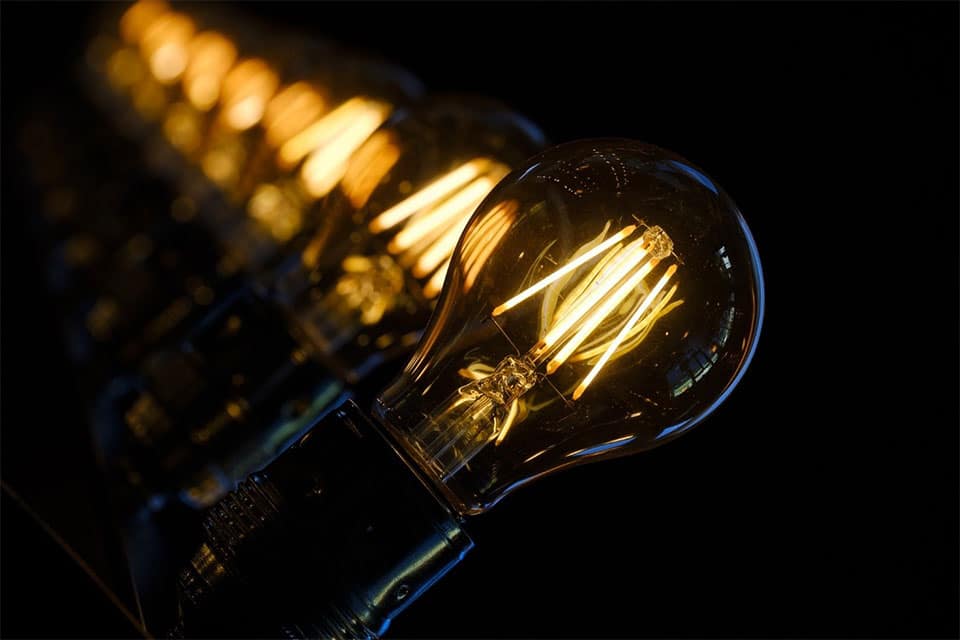Under cabinet lighting is a great way to add ambience to your kitchen and enhance its working space. Countertops often double as work stations, especially in smaller kitchens, and ensuring that they are properly lit can mean less struggling to read recipes, fewer injuries, and better prepared food.
Under cabinet lighting doesn’t have to be limited to your kitchen, though. It can be added to basements, workshops, laundry rooms, bathrooms, or anywhere you may have need of extra illumination under your cabinets.
There are a variety of different fixture types that will work underneath your cabinets in any room you choose, including:
- Striplights, or “bar lights”
- Puck lights
- Rope lighting
- LED strips or tape
Find one that fits your needs and aesthetic—start by determining what type of light works best for you:
Types of light bulb
The different types of lighting available continues to decrease, with the ban on incandescent and now halogen bulbs in effect. These are the different types of lighting you may encounter when looking for under cabinet lighting:
- Incandescent, Halogen, or Xenon bulbs – Produce very bright, good quality light. The downside to these traditional bulbs is that they also produce a lot of heat, which can make them uncomfortable to work under for long periods of time—especially in the kitchen—and they aren’t as energy efficient as the alternatives.
- Fluorescent – Much more energy efficient than incandescents and relatively low-cost, there are several fluorescent under cabinet lighting options available. They produce less heat and are available in a variety of brightnesses and colour temperatures, but not everyone likes the light fluorescent bulbs produce.
- LED – The most energy efficient option, LEDs make up for any upfront costs with their low cost to operate and longevity. Plus, they produce little to no heat, making them ideal for use in the kitchen.
Hard-wired vs. wireless under cabinet lights
Many of the different types of under cabinet lighting come in both hard-wired, plug-in and wireless options. All of these options have their advantages, so which one is right for you will depend on your goals, budget, preferences, and cabinet setup.
- Hardwired lamps have no unsightly wires or visible drivers, but you will have to call an electrician to set them up, or wire your under cabinet lighting during construction or renovation. This is typically the more expensive option.
- Plug-in lights are easy to install yourself—they simply require close proximity to an outlet. The main drawback is that they can’t always be concealed as well as their hardwired counterparts.
- Wireless options also have the benefit of no visible wires, but they rely on battery power, which may need to be replaced regularly. Wireless under cabinet lighting options also offer less variety in terms of light colour temperature and brightness. However, they are often easy to remove, which makes them ideal in rental situations. Invest in some rechargeable batteries to save money.
1. Strip or “bar” lights
A traditional option for under cabinet lighting, bar lights are a customizable, linkable option that provides an even layer of lighting that is well-suited to performing tasks in the kitchen and other rooms. Because it is easy to connect multiple fixtures and they come in a variety of lengths, striplights work well for irregular length or long rows of cabinetry. They also produce little to no heat, making them comfortable to work under.
Installation & Placement
Strip or bar lights are available in plug-in or hardwired fittings, and can often be mounted using screws or attached with an adhesive backing, depending on the fixture.
Position the fixture close to the front of the cabinets and aim the light so that it is shining down and in toward the wall—this will reduce glare in the room and make it easy to see underneath the cabinets.
Pros
- Because it is a long tube of light, the lighting is uniform and bright
- Relatively low-profile fixture means it is fairly discreet
- Durable fixtures that are typically easy to clean
- Available with high IP ratings for locations that they may get splashed, such as near sinks and stoves
- Relatively inexpensive
- Low-heat
- Connectable for long rows of cabinetry
Cons
- Not as low-profile as some of the other options
- Fluorescent options produce a colour and quality of light some find undesirable
2. Round or “puck” lights
Often called “puck” lights due to their similar appearance to hockey pucks, round lights are a simple way to add lighting underneath any cabinet. Easy-to-install (and uninstall, if you’re renting), low-profile, and available in a variety of styles and colours, they are a stylish way to build on the illumination in any room. At present, they are most often made using LEDs and can be quite bright and cool in colour, so be sure to test out or read the package for lumen and colour correlated temperature (CCT) information before purchasing.
Installation & Placement
Measure and mark the distances between each light before adhering them to or screwing them into the cabinets. For even lighting, space them out with 8 – 12 inches between each light. To prevent light from pooling or scalloping, place them more closely together.
To make them flush with the cabinets, you will need to drill partway into the wood and secure the mounting cap using screws or adhesive backing, following the installation directions on the packaging.
PRO TIP: If you are renting, forgo the drilling and adhere them directly to the cabinets with their adhesive backing. They may be more visible, but they will be easy to remove.Like bar lights, puck lights should be installed closer to the front of the cabinets to help conceal the fixtures and direct light toward the back of the counter. If they are hardwired rather than battery-operated or plug-in, consult with an electrician before undertaking any projects on your own.
Pros
- Durable and long-lasting
- Easy to install and uninstall
- Battery-powered options available if hardwiring is not possible
- Low cost
- Many styles available
- Adhesive, battery-powered options mean they can be added under shelves inside of cabinets as well
- Ideal for areas where you want a bright, focused light
Cons
- Due to their shape, they produce circles of light. If incorrectly spaced, they create pools of light and shadows, providing less even lighting than other options
- Requires more fixtures to create even layer of lighting than other options
- Battery-powered options can go through batteries quickly if used regularly for long periods, so only turn them on when necessary
3. Rope lights
Due to their flexibility, rope lights are a remarkably versatile lighting option that can be used to add accent lighting or decoration just about anywhere in your home, including under cabinets. While they are bendable, don’t push them further than they want to go—this can damage the wiring and plastic casing.
Installation & Placement
Rope lights can be attached with an adhesive strip, or, for even greater convenience, install screw hooks or clips along the front side of the cabinets. That way, you can quickly and easily remove and replace your rope light with a new one if LEDs burn out or you want to update them with a new colour.
Because of their low profile, rope lights can also be easily installed underneath cabinets near the floor for toe-kick lighting—ideal for enhancing ambience and late-night lighting that won’t wake you up all the way. Place them toward the back of the cabinet near the toe kick to keep them safe from getting bumped.
Pros
- Not as flat as tape, but still extremely low-profile and easy to conceal
- Because of their length, they provide continuous, even lighting
- Durable, water-resistant, and long-lasting
- Relatively low-cost
- Some brands can be cut and joined together for customized lengths
Cons
- Can be fairly low-light, so check lumen levels before purchasing
- Can’t bend cleanly around sharp corners without damaging internal components—only use for straight lines or curves
- Once individual lights start burning out, the only way to replace them is by replacing the entire rope
4. Tape or LED strip lights
The most discreet under cabinet lighting option available, tape lights have an incredibly low profile and, like rope lights, they offer an extremely uniform layer of lighting because of their length and even light placement. They’re flexible, available in a variety of colours, and some brands are dimmable and can be cut to size, or cut and joined to fit into corners.
Installation & Placement
Tape lights are available as plug-in or hardwire options. For hardwiring and cutting, contact a licensed electrician. For plug-in options, simply adhere them using the sticky backing or clips, and plug them in. Like the other styles of under cabinet lighting, you will want to install them near the front of the cabinet (except for toe kick lights, which should be placed toward the back for protection.)
Pros
- Extremely shallow profile, making them easy to conceal
- Clips or adhesive backing makes them simple to install
- Energy efficient
- Give off almost no heat
- Uniform, even lighting
- Long lasting
Cons
- Because they’re often used for ambience, they are not always the brightest option—make sure to check lumen levels before buying
- Can be difficult to conceal driver required to operate lights if your layout doesn’t allow for it
- Once the individual diodes (lights) begin to burn out, the entire strip will need to be replaced
Conclusion
Under cabinet lighting can enhance the ambience and create more workable space in any room—not just your kitchen. There are a variety of fixture styles, installation methods, and light types to choose from, so select one that that fits into your current aesthetic and lifestyle. In addition to deciding between hard-wired, plug-in, or wireless under cabinet lighting, you can also choose between:
- Striplights, or “bar lights”
- Puck lights
- Rope lighting
- LED strips or tape
Need help selecting or installing your under cabinet lighting? Get in touch—call us at 01869 362222 or contact us using our live chat.






















































































